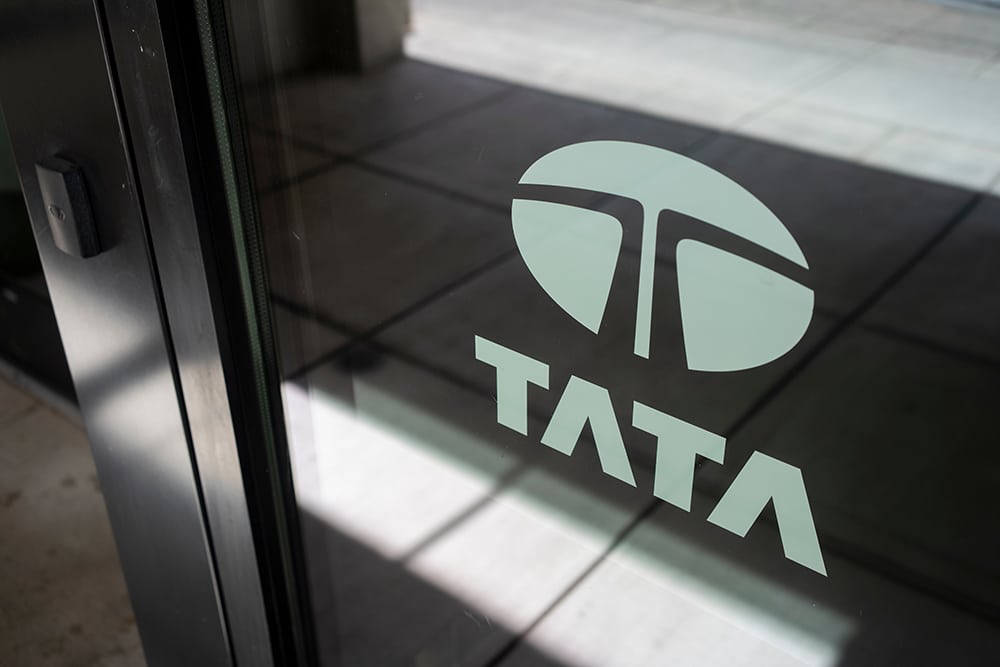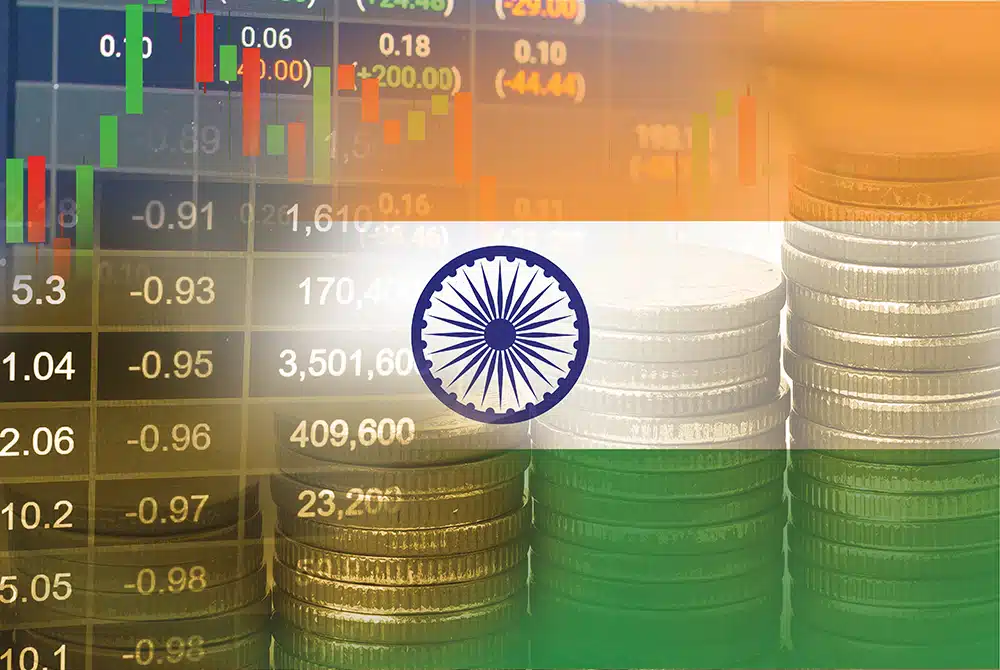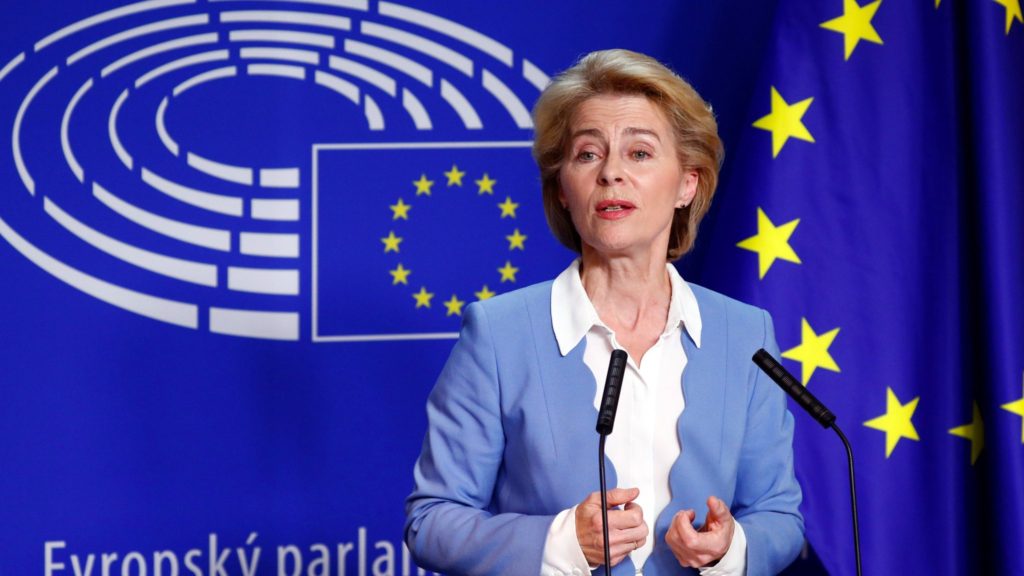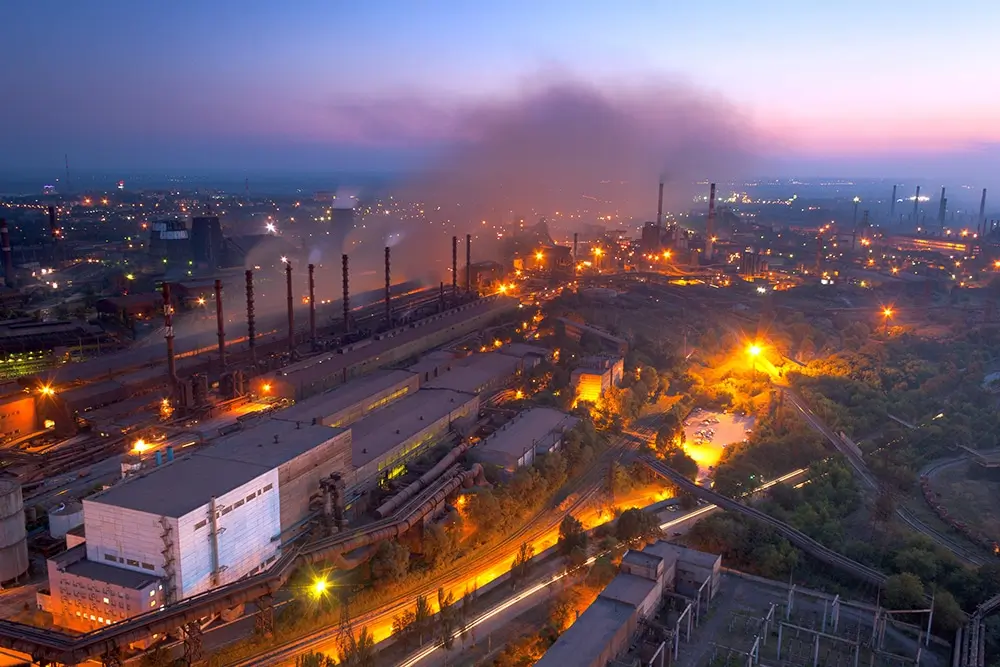Imports seem to be the biggest bugbear for the Indian steel industry. Cheap steel from China, Vietnam, and several other countries flooded the domestic market for months, putting Indian steel companies at a significant disadvantage. The problem is now so severe that representatives from the steel sector and the Indian Steel Ministry met earlier this month to discuss the issue. Meanwhile, the government is conducting some stocktaking following concerns about imported steel and unfair trade advantage.
In the December 13 meeting, steel makers apprised government officials of the continued imports of steel products from China and Vietnam despite similar quality available in India. Reports indicate that the Indian government wants to closely examine the entire situation before taking further steps.
As observed in the last few years, China tops the list of exporters of finished steel into India. During the April to October period, the country shipped 1.1 MT of the alloy, an increase of about 48% year-on-year. Common exports include cold-rolled coil or sheets, hot-rolled coil products, plates, and pipes. The second-biggest exporter of finished steel was South Korea, which also shipped 1.1 million MT during the same period.
Steel Industry Leaders Wait for Government Action
According to some reports quoting government sources, India is considering implementing safeguard measures for steel imports. Inspired by the European Union’s quota system, the goal of the measures would be to curb the sudden influx of cheaper product from abroad. Additional considerations include investigating the potential imposition of import restrictions at various ports and eliminating the lesser duty rule.

That said, eliminating the lesser duty involves revising the imposed duties. For instance, in India’s anti-dumping investigations, the lesser duty rule has been the norm. This means organizations apply the duty up to the extent of the lower value between the dumping margin and injury margin. Meanwhile, the current calculation for the injury margin involves determining the difference between the non-injurious and landed prices.
For the April-November 2023 period, India was a net steel importer, and export orders were down significantly. In fact, finished steel imports totaled 4.3 million tonnes (MT), by-passing exports of 4.0MT. India is the second largest crude steel producer in the world, and for some years, it was a net exporter. However, this year, the tables turned.
Will the Indian Government Go in for the Tariff?
The government is also mulling an option typically considered the “weapon of choice” in such situations: tariff rate quotas. These act as an upper limit for imports into a country from exporting nations. If the exporting country adheres to the specified limit or quota when shipping goods to India, there will be minimal or zero duty imposed. However, should the exporting country exceed the designated limit, India will apply a safeguard duty or tariff.
This is similar to tariff rates imposed by the U.S., EU, and Canada, to name a few. The Indian government could also restrict steel shipments coming into select ports, though this would require additional oversight.
Are Good Times Coming for the Indian Steel Industry?
Regardless of the current situation, analysts and steel experts predict a significant upswing in steel demand in the new year. Much of it, they say, will be for TMT rebars, a major component in infrastructure development.

None other than the Vice President of Long Products at Tata Steel, Ashish Anupam, recently forecasted a continued uptick in TMT rebar demand across various sectors, including construction, housing, and infrastructure. The prediction hinges on the continued development of new highways, flyovers, and railway lines across the country.
In today’s dynamic global economy, Indian steel producers continue to adapt to various market conditions and changes. It’s all part of the Indian steel industry’s drive to jockey themselves into a position to push back competition in a demanding market.








